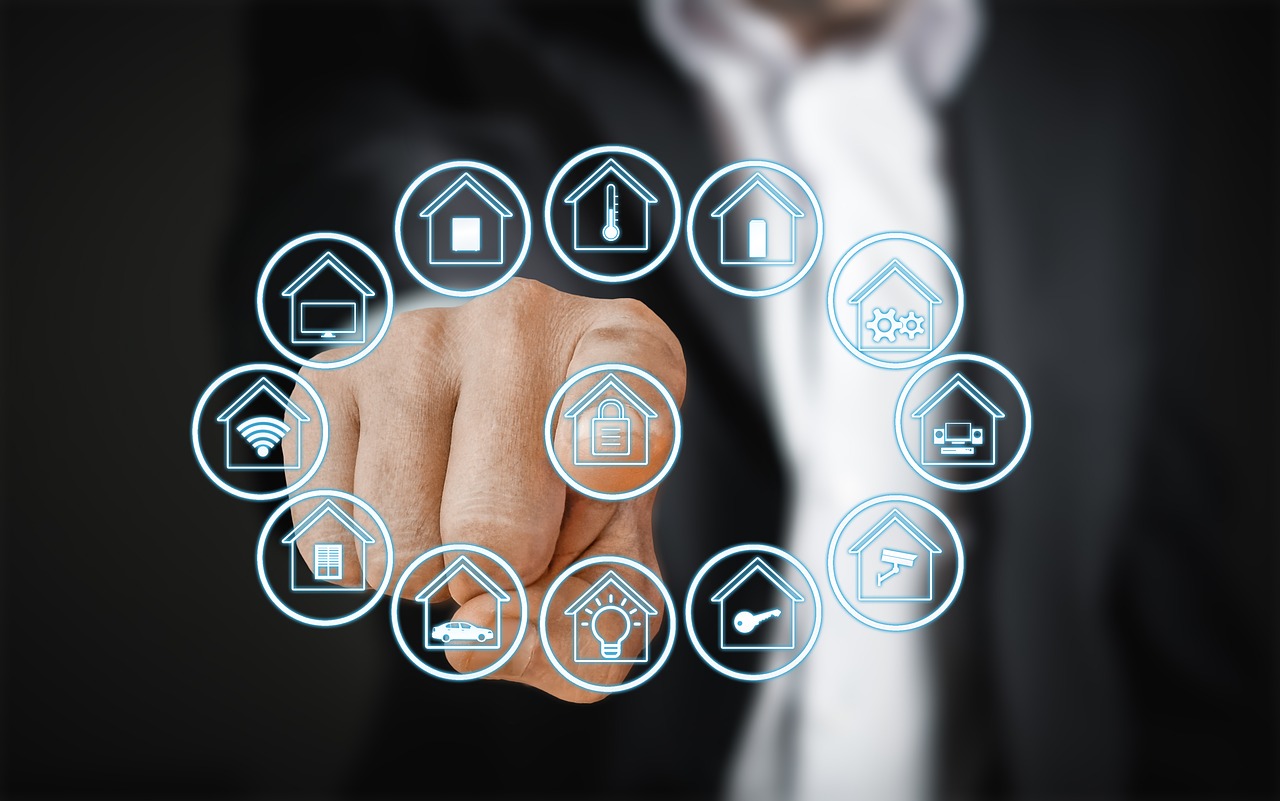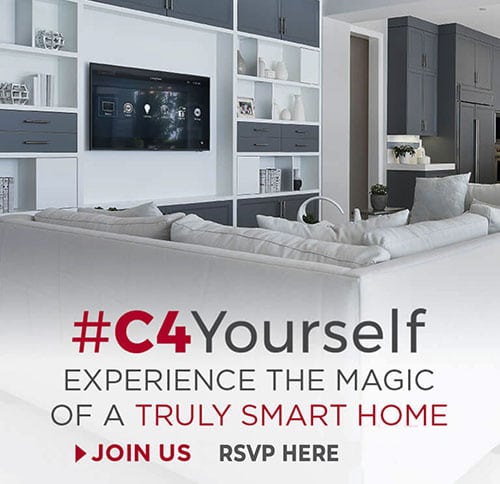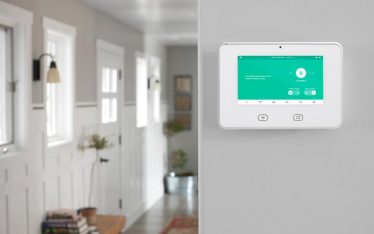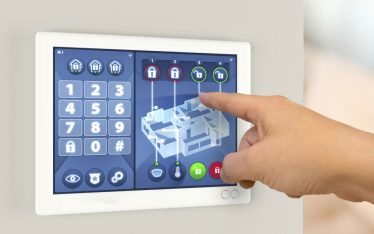Smart home automation and smart technology have become everyday words we are all familiar with; however, if you start asking around a room, you may realise that people may not know as much about smart technology as we assume.
This article will discuss the three categories of home automation and look at some of the ever-increasing numbers of smart appliances, also known as IoT (internet of things) devices, in today’s market.
While home automation has a rich history dating back to the late 1800s, home automation as we know it today, often referred to as smart home automation, rose to popularity in the 1980s.
What is Home Automation System?
Home automation” refers to the automatic and electronic control of household features, activity, and appliances.
Home automation systems are like your personal genie for making life a breeze! Picture this: you’ve got your trusty smartphone, tablet, or even your friendly voice assistant at your service. With just a tap or a voice command, you can take control of your gadgets and appliances from wherever you are.
But wait, there’s more! These systems are like your personal butler, handling things on autopilot. You can set up schedules for your devices, create routines for certain times of day, and even set the scene for different occasions. It’s all about making your life comfy, cozy, and super convenient.
Since then, the technology boom of the 90s and 2000s, through to today in the 2023s, has seen smart home automation transform our homes into technological smart home networks capable of operations that seemed like science fiction only a decade ago.
What are the types of home automation?
Home automation isn’t a one-size-fits-all deal – it’s all about tailoring it to your style! You’ve got options galore: pick and choose from various devices, protocols, hubs, and platforms to craft a system that’s uniquely you.
You can totally start small, like dipping your toes in the water with a couple of smart plugs or bulbs. Then, as you uncover all the cool tricks and perks, you can keep expanding your setup bit by bit. It’s like building your own tech playground to match your needs and tastes.
While providing almost identical functions, there are three main types of smart home automation installation in today’s market:
- Power line home automation
- Wired home automation
- Wireless home automation
Each smart home automation installation type has a range of pros and cons. Read on to find out more.
Power line home automation
Power line home automation is a type of traditional home automation that integrates with the home via the main power and data lines from the street.
Pros
Power line-based home automation requires no additional cabling work for transferring power and data into the home, as it runs off a pre-existing network.
Cons
This type of system can be complex in internal design, requiring a lot of trade work and potentially requiring additional power converters and devices.
Wired home automation
A wired smart home set-up is the prefered option for the serious home automation enthusiast. A wired home automation system creates a data network throughout the home, allowing the entire property’s automation to be controlled by a central control centre and smart device master applications.
Pros
It creates a reliable, independent network throughout your home’s automated set-up and provides superior control.
Cons
It often requires invasive wiring and trade work. It can also require a significant investment in IoT devices and smart technologies. Potentially not suitable for rental properties.
Wireless home automation
Wireless home automation is becoming the preferred option for DIY home automation and in properties where modifications are either not permitted or not possible.
These systems run off wireless protocols such as:
- Wi-fi
- IR
- Zigbee
- GSM
- Bluetooth
These systems allow you to control your smart home automation via smart apps and control units that allow for multiple smart and IoT devices.
Pros
It offers the potential for full home automation without needing to modify the property or having to run any cables.
Cons
It can require more complex operations, like multiple apps or wireless protocols. There is also potential for signal drop-outs or system issues if not correctly integrated.
IoT and smart devices
First-wave smart home automation took care of some basic home utility elements, like security, garage doors, garden irrigation, lighting and other major appliances.
Today’s world of IoT and smart devices provide automation options for nearly every home utility and appliance your could conceive, including:
- Smart refrigerators
- Smart ovens
- Smart microwaves
- Smart dishwashers
- Smart washing machines and dryers
- Smart robot vacuums
- and more
Smart technology in IoT devices is a prolific modern trend, one that is here to stay, from small personal technologies to major home appliances making it easier and more affordable than ever to create a smart home.
Smart Audio and Visual
Since the first home wireless radios of the 1920s and the first TV sets introduced to the public in the 1930s, home audiovisual appliances have become a staple in most homes.
These world-changing technologies stream vital NEWS and information, as well as entertainment, into our living rooms, bedrooms and home-theatres
Smart audiovisual technologies have been a driving force in the further development of IoT devices, increasing our ability to access a myriad of different media platforms via a variety of smart devices, including:
- Smart TVs
- PCs, laptops, tablets and smartphones
- Smart speakers
- Smart Amplifiers and surround sound
- Entertainment and educational streaming technologies
- Smart projectors
- and more
A fully networked smart audiovisual set-up allows you to operate and control any of your audio or visual technologies from your home’s central control hub or a remote smart device.
What can home automation control?
Legacy home automation staples have now received the IoT and smart technology treatment, which allows you unprecedented control over your home’s main functions. Moreover, you can do this remotely anywhere you have an internet connection, like from a work PC or a personal laptop, tablet or smartphone.
Examples of some home utilities that can be fully automated and controlled in a smart home include:
- Smart blinds
Allow you to open and shut your curtains in any room of your home
- Pet videos and feeders
Allow you to talk and view your pets, as well as release food and water from a smart dispenser
- Smart thermostats and air conditioners
Allow you full control of your homes temperature all-year-round
- Smart water systems
Allow you to control water temperature and regulate water use—an ideal tool for areas that suffer from drought and water restrictions
- Smart irrigation
Allow you to control your gardens water supply remotely, saving water and energy while keeping your garden lush and fruitful
- Smart lighting
Allow you to have full control of your internal and external lighting from any zone in your house
- Smart security systems
Allow you to access, control, and view your alarms, sensors and audiovisual security recordings anytime from anywhere
- Smart access control
Allow you to lock and unlock any automated lock in the house, providing access and safety for loved ones, maintenance professionals and delivery personnel
You would think that the boom has peaked with all this smart home automation technology. However, as time passes, it seems we have just scratched the surface of what smart technology can provide us.
The best smart home automation solutions in Sydney
For over 20 years, SmartHomeWorks have been evolving our smart home solutions with the rapidly advancing home automation technologies available on the global market, making us an industry leader for smart home automation installation Sydney-wide.
For more information or to book a consultation, call us on (02) 8197 1133 or send your inquiry via email to design@smarthomeworks.com.au.





